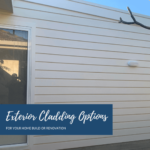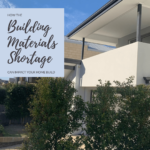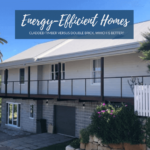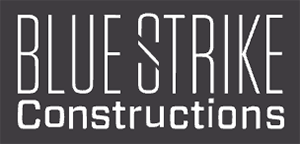We’ve been getting a lot of questions lately about house cladding and timber framed homes. You guys are super curious about the details. And we’re so glad you are.
Whenever there is something new to the market, or it’s something you’re not sure about. Or even if you are a little curious about how it all works, then it makes sense to want to know more.
So, we’re happy to receive your questions and we are more than happy to give you answers to everything you need to know.
Read below some of the questions we’ve received to date about house cladding and timber frame homes.
Is a timber frame house termite resistant?
Timber is a natural food to termites and wood borers, so a timber frame home is more susceptible to termites and other little timber munching bugs than say a brick home. But there are plenty of highly effective ways to deter termites and prevent damage from wood-eating critters.
Nearly all timber used in house frames and trusses are either T2 or H3 treated pine. This means a chemical timber treatment is applied directly to the wood making it more resistant to termites and other elements that will break down the timber over time.
On top of this, a termite barrier is placed between the slab and the frame that stops termites from even accessing the frame. The termite barriers are usually made of a thick metal mesh that is impenetrable to termites. So the timber itself is treated to prevent termite infestation and then an additional barrier is in place to stop termites from even getting near the frame.
House cladding is also termite resistant in most situations. If the cladding is made of timber, then this is treated and protected from termite damage in the same way the timber frame in your home is.
There is also a wide range of cladding options on the market now that are not made of timber at all, so they are 100% termite resistant.
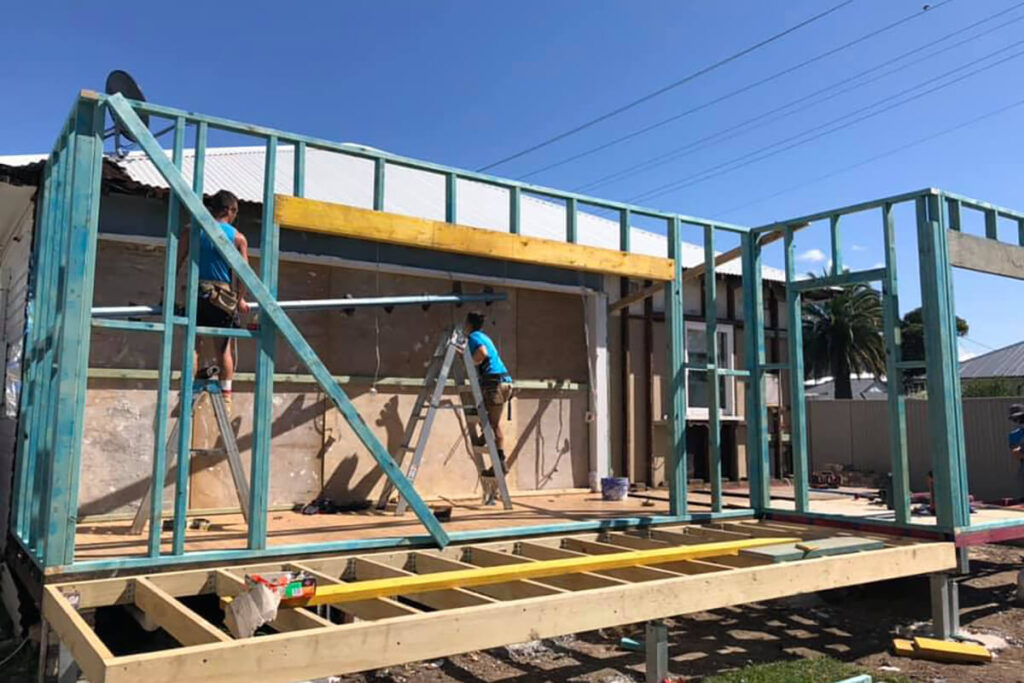
Have the various councils in Perth approved timber frame houses?
As long as the home complies with local council regulations, the Building Code of Australia (BCA) and the materials used meet all relevant Australian Standards, there is absolutely no reason why your timber framed cladded home cannot be approved and built in your local council area.
Double brick homes are the preferred method of construction here in Perth and are generally the go-to building method. However, even though not as popular, timber framed houses do exist in Perth and the interest in timber framed homes along the West Coast is rising. And for good reason.
Remember that while Western Australia has not adopted timber framed homes as standard here yet, timber frame construction has been the go-to construction method everywhere else in Australia, particularly along the Eastern seaboard. And rightly so. Timber framed and cladded homes offer so many advantages above double brick.
What savings do timber framed homes have compared to double brick?
A lot of savings. It is usually cheaper to build a timber framed home than it is to build using the double brick construction method. Why? Generally speaking, the materials for timber framed homes are cheaper than double brick homes and the cost of labour to build the home is also significantly cheaper.
Building a double brick home is very labour intensive. It can take weeks to complete the brickwork. In comparison, timber framing and trusses can be erected on-site and be ready for the roof and cladding within a few days. So, you are paying far less for labour.
It is often much quicker to hang plasterboard to a timber frame than a double brick. And the rough in and fit off of electrical and plumbing throughout the home can be more straightforward.
So not only are the materials cheaper, but it’s cheaper overall in labour costs and, if you consider the knock-on effects as well, your home is constructed much faster and you are able to move in earlier. This saves you on the cost of renting elsewhere while you build.
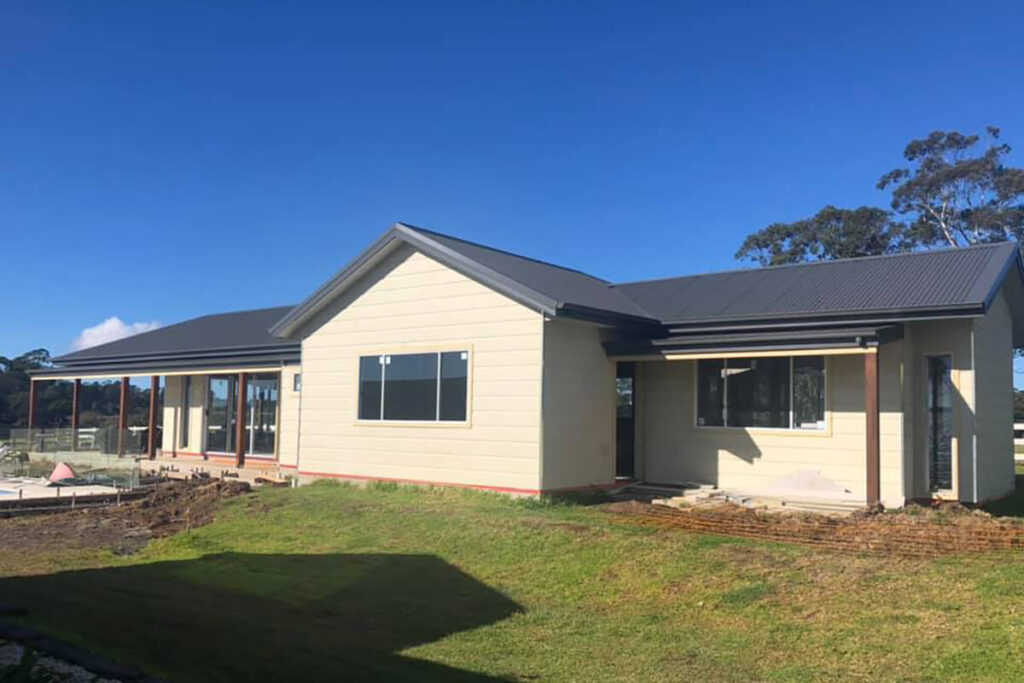
How long does a timber frame house last?
We just Googled ‘oldest timber framed house in Australia‘ and boy, they are so old we can’t actually authenticate the accuracy of the information. I’m not even sure Google knows.
But what we did find was that if constructed correctly and with ongoing maintenance, a timber framed home can last for well over 100 years (thanks to Trueform Frames and Trusses for doing the homework for us).
Throughout Europe, homes constructed of timber during the medieval times are still in use today. Closer to home, if we look across to Queensland and Queenslander style homes, for example, they usually consist of all timber construction, along with timber cladding and there are many of these homes still standing in original condition today… hundreds of years after being built.
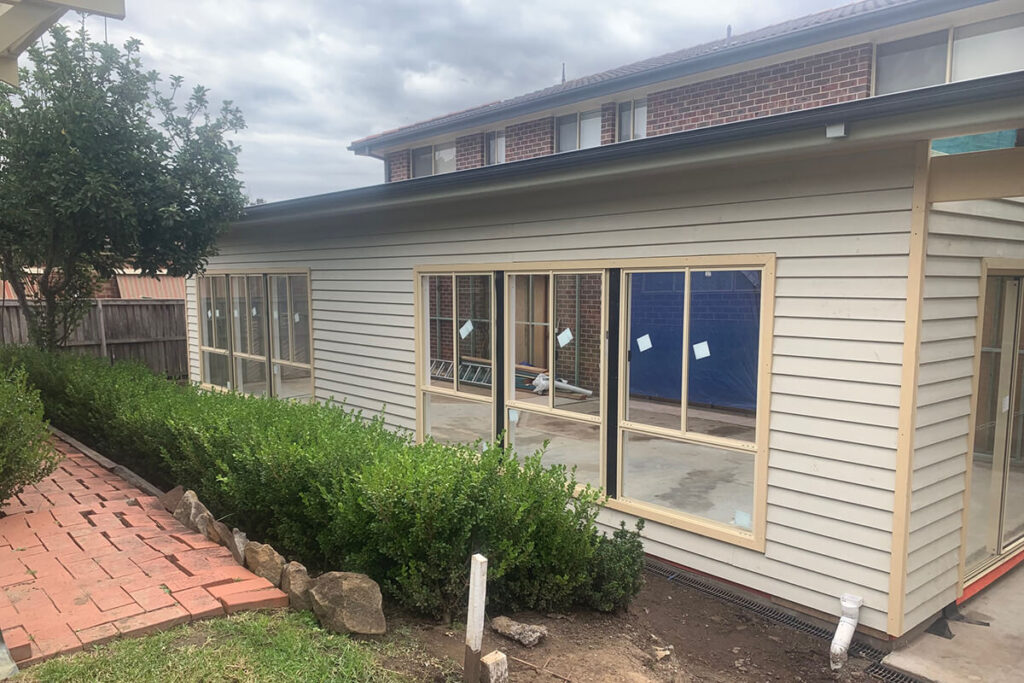
Can you add a timber frame addition to a double brick home?
Yes, you absolutely can add a timber frame addition to an existing double brick home. Of course, how we go about that and how it will look in the end comes down to each individual home and project.
A timber framed extension can be added to the back or side of your home or a second storey addition can be added on top. We would argue that it’s a more viable alternative than a double brick extension. The lightweight structure makes the ideal addition when expanding up and the construction process is much quicker so you’ll be living in your new space a lot sooner.
What types of house cladding are there?
There are many different types of house cladding available on the market. With all the different materials and profiles, the options can be endless. Just to name a few, there are timber, aluminium, steel, brick veneer and compressed cement sheeting
Some house cladding, such as brick veneer and weatherboard, are more common than others. Each type of cladding will have both benefits and drawbacks.
One of our favourite styles of cladding is Weathertex which is a hardwood fibreboard cladding that also has a natural wax component to it. It has no chemicals added and the manufacturers claim that the product has a ‘better than zero carbon footprint’.
We love to use Weathertex Cladding on our projects because it not only gives a beautiful finish, but it is low maintenance, comes in a range of different profiles and can be a more economical choice for a new home build or addition. We think this is particularly important if you are working to a strict budget.
Weathertex is also extremely versatile and can be used both internally and externally. You can see the product in its finished form on a lot of our projects.

Is house cladding fire resistant and waterproof?
Generally speaking, yes. Most house cladding is fire resistant. Of course, some will be more resistant to fire than others simply because of the nature of the material (brick veneer for example will not catch fire). And others are often treated to increase their fire resistance.
If we look at each type of cladding individually the following have very good fire-resistant qualities:
- Brick veneer
- Steel
- Cement boards
- Aluminium
- Reconstituted timber products (which is generally a mixture of wood, plastic and recycled materials)
Timber weatherboard and plywood sheeting are two types of cladding that rate very poorly for fire resistance, but again, these are often treated with a chemical treatment to make them more fire resistant, termite resistant and weather resistant.
Just like fire resistance, each type of house cladding will have varying degrees of water resistance. But on the whole, most types of house cladding are waterproof and effective in keeping your home safe from the elements.
Are cladded timber frame homes energy-efficient?
Yes, cladded timber frame homes can be extremely energy efficient.
We know, it can look a little deceiving right? How can something so lightweight keep the heat out and the cool in… and vice-versa. Well, both the timber frame and house cladding, along with the addition of insulation, can be very effective at doing just that.
We’ve got a dedicated article that runs through everything you need to know about energy efficiency in timber framed homes. It explains everything if you want more information.

Are cladded timber frame homes soundproof?
Along with being very energy-efficient, cladded timber frame homes can also be very soundproof. Of course, we’ll have to put a disclaimer here that it comes down to the style of house cladding you choose and the insulation you install.
Nearly all house cladding offers some degree of soundproofing and when you add to it the right insulation to the framing of the home, then the house can become extremely soundproof.
Most cladding companies and product suppliers will provide specification sheets for the product so you can determine for yourself what the acoustic qualities are before deciding to use the product.
For example, this is the specification sheet for Weathertex weatherboards.
When it comes to being termite proof, waterproof, soundproof and fire resistant, it is safe to say that looks are definitely deceiving and while cladded timber frame homes do look like they would be none of these things. The reality is that it’s completely the opposite.
They are all of these things. And they look beautiful. This is why we will argue every day of the week that cladded timber framed homes are the best.
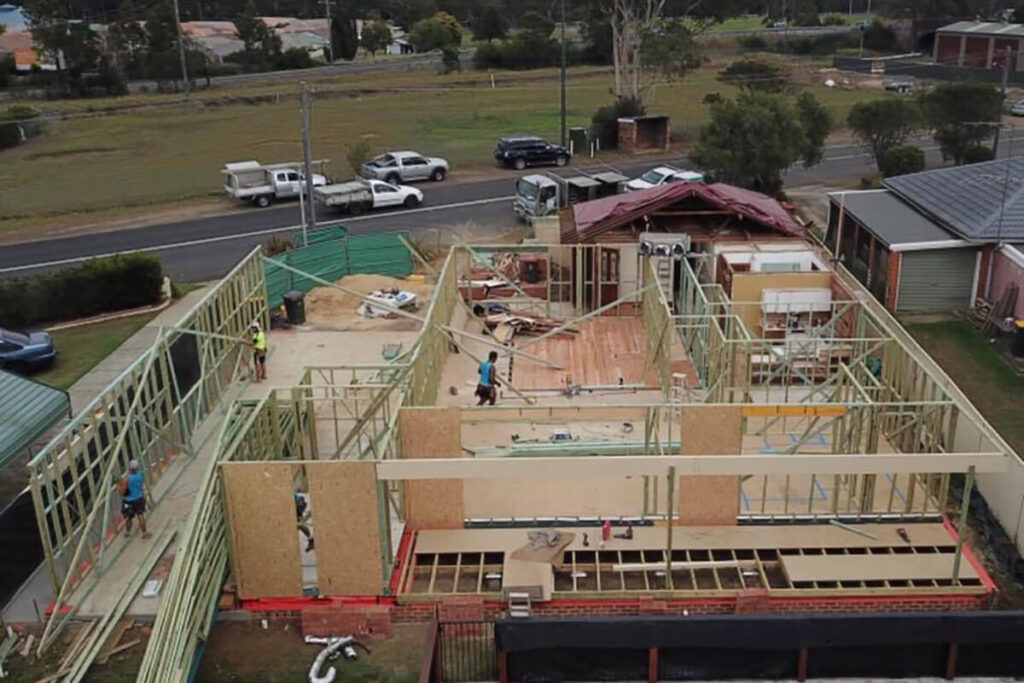
Have more questions about house cladding and timber frames?
Blue Strike Constructions specialises in house cladding and timber framed homes. We are here to answer any and all questions you have about using house cladding and timber frame construction for your next house build.
Get in touch and let’s talk through the features and benefits of house cladding and timber framing and the process we use to construct your timber framed home quicker with exceptional quality.

